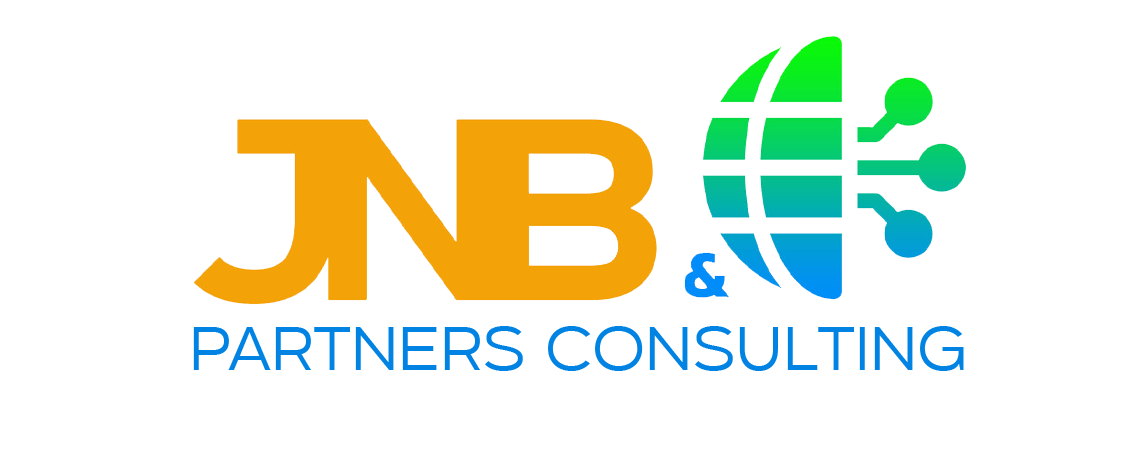
Facilitate a collaborative workshop
The methods, tools and techniques of facilitation make it possible to propel the collective intelligence of a group. No more meetings or workshops where only a small part of the participants is active.
Pedagogical means
The training uses computer projection and video-projector for the theoretical part.
The practical exercises are carried out individually or in groups. They are based on the use of (but not limited to) post-it notes, Lego®, drawings, Kraft paper, felt pens, etc.
Communication
Learn the basics of communication.
Know how to negotiate and reach consensus.
Experimenting with Non Violent Communication (NVC).
The individual
Know yourself better and identify your strengths with the MBTI profile.
Understand motivation with the Flow theory.
Define your motivations and personal limits.
The group
Understand group dynamics, the agility mindset, behavior, the rules of collective intelligence and
the rules of collective intelligence and the rules of teamwork.
Know what team empowerment is for the organization.
Creativity
Discover the methods, tools and techniques of ideation.
Use brainstorming.
Learn about the C-K theory.
Know how to find solutions in sub-groups.
Learn to share results.
Facilitation
Discover the rules of collective intelligence.
Understand and apply the facilitation process.
Learn how to connect to a group during collective time.
Discover the panorama of “icebreakers”.
Know how to prepare a collaborative workshop.
Know how to design an agenda.
Facilitate a collaborative workshop
Discover and master facilitation practices.
Know how to identify roles with the expectations matrix.
Build a collaborative workshop with the “Innovation Games®”.
Share a problem.
Define a collective vision.
DAY #1
Presentation of the training, tour de table, understanding of levels and expectations.
Ice breaker: Synchronizing as a team through play.
Communication
Learn the basics of communication.
Knowing how to negotiate and reach consensus.
Experience Non Violent Communication (NVC).
Workshop: Drawing on the basis of written instructions.
The individual
Know yourself better and identify your strengths with the MBTI profile.
Understanding motivation with the Flow theory.
Define your motivations and personal limits.
Workshop: Experience team cohesion through games.
The group
Understand the group dynamics, the agility state of mind, the behavior, the rules of
the rules of collective intelligence and the rules of functioning in a team.
Know what team empowerment is for the organization.
Workshop: Realize the importance of team trust through a game.
Creativity
Discover the methods, tools and techniques of ideation.
Use brainstorming.
Learn about the C-K theory.
Learn how to find solutions in sub-groups.
Learn to share results.
Workshop: Finding and sharing ideas with the “Discovery Matrix”.
Facilitation
Discover the rules of collective intelligence.
Understand and apply the facilitation process.
Learn how to connect to a group during collective time.
Discover the “icebreaker” panorama.
Know how to prepare a collaborative workshop.
Know how to design a flow.
Workshop: Preparing a workshop with the 7Ps technique.
DAY #2
Facilitate a collaborative workshop
Discover and master facilitation practices.
Know how to identify roles with the expectations matrix.
Build a collaborative workshop with the “Innovation Games®”.
Share a problem.
Define a collective vision.
Workshop: Sharing a vision as a team with the “Speed boat®”.
Continuous improvement
Understand the principles.
Know how to look for apparent causes and root causes.
Find solutions to root causes.
Exercise: Search for improvements based on a problem with the Ishikawa diagram and the
diagram and the “5 Whys” technique.
FOLLOW UP ON POST-WORKSHOP ACTIONS
Define a collaborative action plan
Workshop: Define an action plan with the “Remember the future®” technique.
Evaluation
Know how to evaluate the satisfaction of a group.
Learn retrospective and team evaluation techniques.
Workshop: Conducting a retrospective with the “Starfish retrospective”.
The retrospective
Learn how to conduct an effective retrospective.
Discover the different retrospective techniques.
Workshop: Conducting a retrospective with the “Starfish retrospective”.
Know the pitfalls to avoid missing a collective time (workshop or meeting).
Introduction to graphic facilitation and scribing.
Learn about graphic facilitation with the distinction between deferred and real time.
Learn the visual grammar and techniques of rapid representation.
Manage space, “information storage” and time management.
Workshop: Creating a visual report of a conversation in “Scribing” mode.
Presentation of agility
Bibliography
Summary of the training & evaluation
Delivery of the support in PDF format
Duration: 2 days
PRE-REQUISITES
NONE
TARGET PUBLIC
All audiences
This training is intended for the following profiles
Team leader / Supervisor
Project manager / Project manager
Manager
